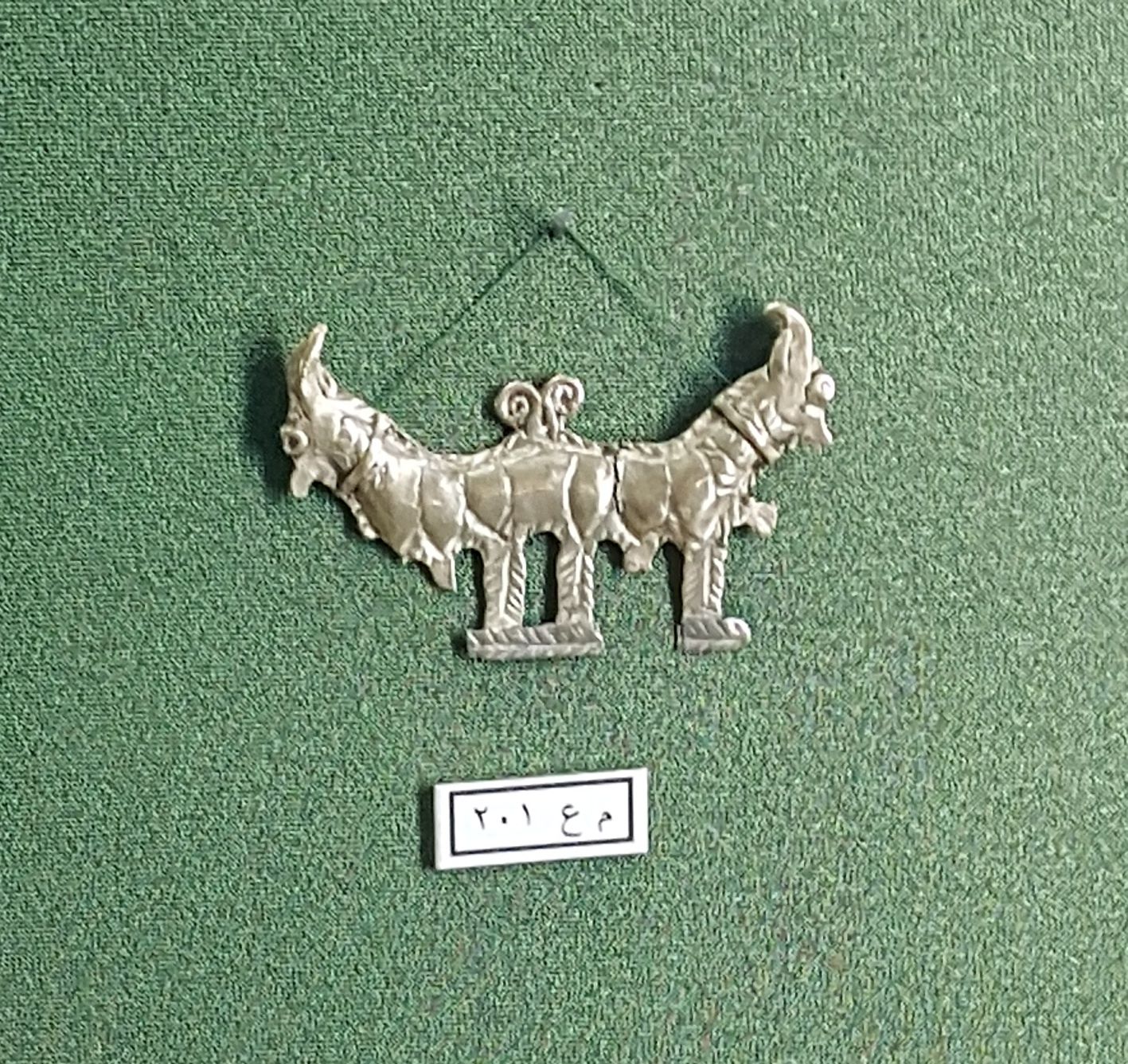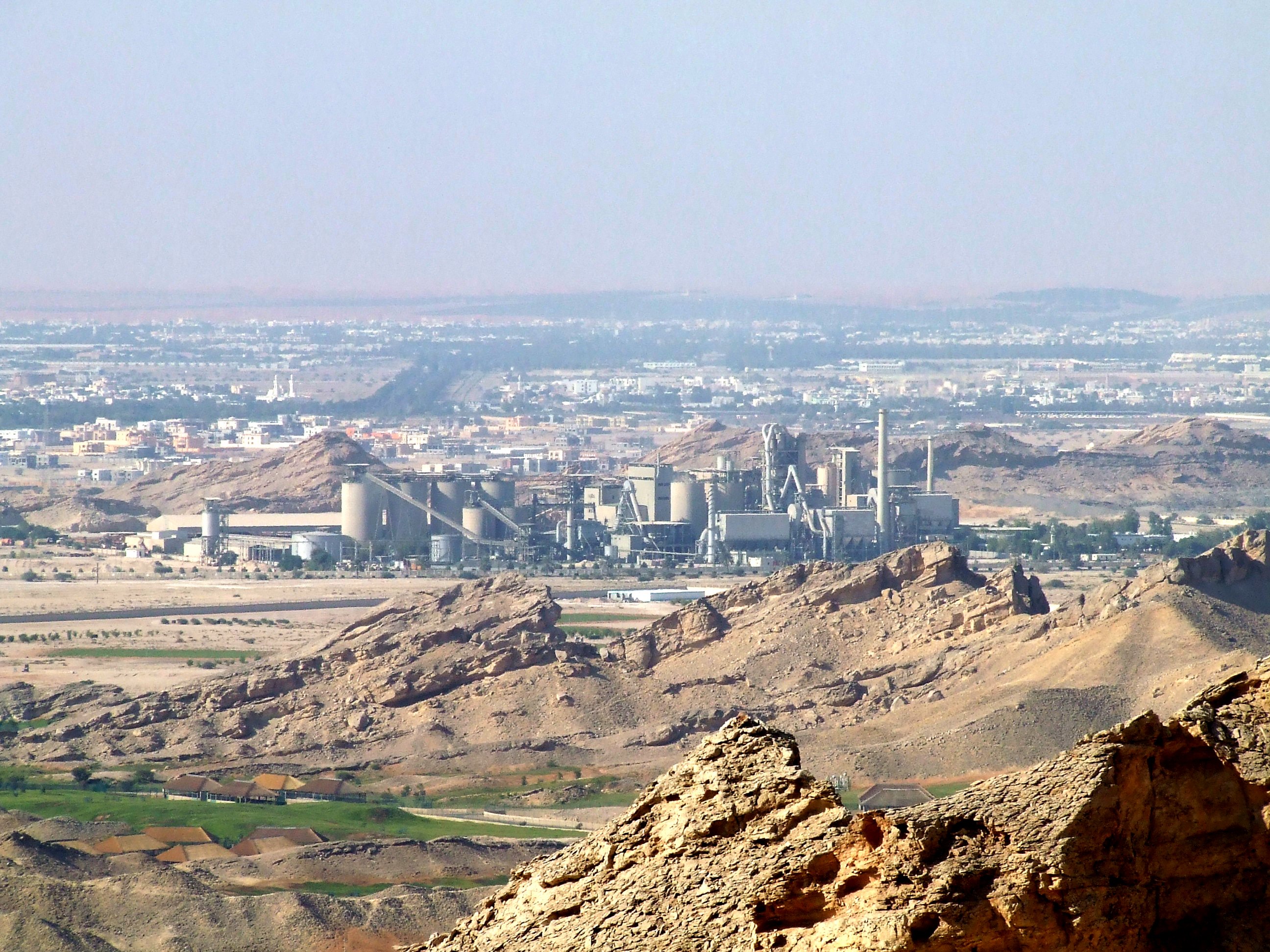|
Daramikah
The Daramikah ( ar, درامكة, singular Darmaki) are an Arabian tribe, a branch of the widespread Dhawahir of the United Arab Emirates (UAE) and Oman. They have given their name to a small watchtower located in the Qattara Oasis in Al Ain, one of a number of areas in the region traditionally held by the semi-nomadic Dhawahir. The tower protected the ''falaj'' irrigation system that gave life to the oasis. In the latter part of the 19th century, the Al bu Falah of Abu Dhabi bought out much of the property previously owned by the Dhawahir, who continued to cultivate the land in Al Ain, Jimi, Hilli, Qattarah and Mu'tirid. See also * Tribes of Arabia The Tribes of Arabia () or Arab tribes () are the ethnic Arab tribes and clans that originated in the Arabian Peninsula. The tribes of Arabia descend from either one of the two Arab ancestors, Adnan or Qahtan. Arab tribes have historically in ... References Tribes of Arabia {{UAE-stub ... [...More Info...] [...Related Items...] OR: [Wikipedia] [Google] [Baidu] |
Dhawahir
The Dhawahir ( ar, ظَوَاهِر, Ẓawāhir; singular ''Adh-Dhaheri'' ( ar, ٱلظَّاهِرِي, Aẓ-Ẓāhirī)) is a tribe of the United Arab Emirates (UAE). The tribe's main centre is (Ain Al Dhawahir) Alain, and the village, then town (now city). They have long had a strong alliance with the Ruling family of Abu Dhabi, ''Al Nahyan'' within the confederation of Bani Yas. Alain and early history The tribe's traditional area of influence is the Oasis of Alain, where at the turn of the 20th century, they owned most of the cultivated land and property with the exception of Buraimi village itself. Numbering 4,500, the tribe consists of three subsections: the Daramikah, who populated Hili, and Qattara; the Jawabir in Al Ain and the Bani Saad who lived in Jimi. Staying in the villages for the summer date season, in winter the community would move throughout the Trucial States. They kept large flocks of sheep, herded camels and traded in charcoal, which they burned. The ... [...More Info...] [...Related Items...] OR: [Wikipedia] [Google] [Baidu] |
Qattara Oasis
Qattara Oasis ( ar, وَاحَـة الْـقَـطَّـارَة, Wāḥat al-Qaṭṭārah) is an area of irrigated date farm in Al Ain, United Arab Emirates featuring a distinctive ''falaj'' ( ar, فَـلَـج) irrigation system as well as a late Bronze Age archaeological site dated to 1800–1500 BCE. The oasis has been extensively surveyed by students from Al Ain University since 2015, and is home to 19 buildings of varying antiquity, of which nine are mosques. Among these are thought to be some of the oldest buildings still standing in Al Ain. History Finds from the Bronze Age burial at Qattara include Wadi Suq era chlorite jugs and bowls, bronze swords of between in length, and late Bronze Age and Iron Age short swords and daggers. Artefacts recovered also include carnelian jewellery, often associated by UAE historians with trading links to the Indus Valley. A find of particular interest from Qattara is a Bronze Age pendant discovered in the 1970s depicting a double- ... [...More Info...] [...Related Items...] OR: [Wikipedia] [Google] [Baidu] |
Al Ain
Al Ain ( ar, ٱلْعَيْن, , ) is a city in the western side of Tawam (region), Tuwwam region and the seat of the administrative division of its namesake, Al-Ain Region, Abu Dhabi, Al Ain in the Emirate of Abu Dhabi, United Arab Emirates. It is Oman–United Arab Emirates border, bordered to the east by the Omani town of Al-Buraimi in the Al Buraimi Governorate. It is the largest inland city in the Emirates, the List of cities in the United Arab Emirates, fourth-largest city (after Dubai, Abu Dhabi, and Sharjah), and the second-largest in the Emirate of Abu Dhabi. The Controlled-access highway, freeways connecting Al-Ain, Abu Dhabi, and Dubai form a geographic triangle in the country, each city being roughly from the other two. Al-Ain is known as the "Garden City" ( ar, مَدِيْنَة ٱلْحَدِيْقَة, Madīnat Al-Ḥadīqah, lit=City of The Garden) of Emirate of Abu Dhabi, Abu Dhabi, the UAE or the Persian Gulf, Gulf, due to its greenery, particularly with reg ... [...More Info...] [...Related Items...] OR: [Wikipedia] [Google] [Baidu] |
United Arab Emirates
The United Arab Emirates (UAE; ar, اَلْإِمَارَات الْعَرَبِيَة الْمُتَحِدَة ), or simply the Emirates ( ar, الِْإمَارَات ), is a country in Western Asia (The Middle East). It is located at the eastern end of the Arabian Peninsula and shares borders with Oman and Saudi Arabia, while having maritime borders in the Persian Gulf with Qatar and Iran. Abu Dhabi is the nation's capital, while Dubai, the most populous city, is an international hub. The United Arab Emirates is an elective monarchy formed from a federation of seven emirates, consisting of Abu Dhabi (the capital), Ajman, Dubai, Fujairah, Ras Al Khaimah, Sharjah and Umm Al Quwain. Each emirate is governed by an emir and together the emirs form the Federal Supreme Council. The members of the Federal Supreme Council elect a president and vice president from among their members. In practice, the emir of Abu Dhabi serves as president while the ruler of Dubai is vice pre ... [...More Info...] [...Related Items...] OR: [Wikipedia] [Google] [Baidu] |
Oman
Oman ( ; ar, عُمَان ' ), officially the Sultanate of Oman ( ar, سلْطنةُ عُمان ), is an Arabian country located in southwestern Asia. It is situated on the southeastern coast of the Arabian Peninsula, and spans the mouth of the Persian Gulf. Oman shares land borders with Saudi Arabia, the United Arab Emirates, and Yemen, while sharing Maritime boundary, maritime borders with Iran and Pakistan. The coast is formed by the Arabian Sea on the southeast, and the Gulf of Oman on the northeast. The Madha and Musandam Governorate, Musandam exclaves are surrounded by the United Arab Emirates on their land borders, with the Strait of Hormuz (which it shares with Iran) and the Gulf of Oman forming Musandam's coastal boundaries. Muscat is the nation's capital and largest city. From the 17th century, the Omani Sultanate was Omani Empire, an empire, vying with the Portuguese Empire, Portuguese and British Empire, British empires for influence in the Persian Gulf and Indian ... [...More Info...] [...Related Items...] OR: [Wikipedia] [Google] [Baidu] |
Qanat
A qanat or kārīz is a system for transporting water from an aquifer or water well to the surface, through an underground aqueduct; the system originated approximately 3,000 BC in what is now Iran. The function is essentially the same across North Africa and the Middle East but the system operates under a variety of regional names: ''qanat'' or kārīz in Iran, ''foggara'' in Algeria, ''khettara'' in Morocco, ''falaj'' in Oman, ''karez'' in Afghanistan, ''auyoun'' in Saudi Arabia, et al. The largest extant and functional qanat systems are located in Iran, Afghanistan, Oman, the oases of Turfan region of China, Algeria, and Pakistan. This is a system of water supply that allows water to be transported over long distances in hot dry climates without loss of much of the water to evaporation. The system has the advantage of being resistant to natural disasters such as earthquakes and floods, and to deliberate destruction in war. Furthermore, it is almost insensitive to the level ... [...More Info...] [...Related Items...] OR: [Wikipedia] [Google] [Baidu] |
Al Nahyan Family
The House of Nahyan ( ar, آل نهيان, Āl Nohayān) are one of the six ruling families of the United Arab Emirates, and are based in the capital Abu Dhabi, United Arab Emirates. Al Nahyan is a branch of the House of Al Falahi (Āl Bū Falāḥ), a branch of the Bani Yas tribe, and are related to the House of Al Falasi from which the ruling family of Dubai, Al Maktoum, descends. The Bani Yas came to Abu Dhabi in the 18th century from Liwa Oasis. They have ruled Abu Dhabi since 1793, and previously ruled Liwa. Five of the rulers were overthrown and eight were killed in coups between 1793 and 1966; many were brothers. The Al Nayhan family control multiple sovereign wealth funds including the Abu Dhabi Investment Authority and Mubadala Investment Company that have an estimated $1 trillion worth of assets under management. Members Notable members of the Al Nahyan family include: Rulers of Abu Dhabi * 1761–1793: Sheikh Dhiyab bin Isa Al Nahyan * 1793–1816: Sheikh Shakh ... [...More Info...] [...Related Items...] OR: [Wikipedia] [Google] [Baidu] |
Abu Dhabi
Abu Dhabi (, ; ar, أَبُو ظَبْيٍ ' ) is the capital and second-most populous city (after Dubai) of the United Arab Emirates. It is also the capital of the Emirate of Abu Dhabi and the centre of the Abu Dhabi Metropolitan Area. The city of Abu Dhabi is located on an island in the Persian Gulf, off the Central West Coast. Most of the city and the Emirate reside on the mainland connected to the rest of the country. , Abu Dhabi's urban area had an estimated population of 1.5 million, out of 2.9 million in the emirate of Abu Dhabi, as of 2016. The Abu Dhabi Investment Authority is headquartered in the city, and was the world's 5th largest sovereign wealth fund in 2021. Abu Dhabi itself has over a trillion US dollars worth of assets under management in a combination of various sovereign wealth funds headquartered there. Abu Dhabi houses local and federal government offices and is the home of the United Arab Emirates Government and the Supreme Petroleum C ... [...More Info...] [...Related Items...] OR: [Wikipedia] [Google] [Baidu] |
Tribes Of Arabia
The Tribes of Arabia () or Arab tribes () are the ethnic Arabs, Arab tribes and clans that originated in the Arabian Peninsula. The tribes of Arabia descend from either one of the two Arab ancestors, Adnan or Qahtanite, Qahtan. Arab tribes have historically inhabited the Arabian Peninsula, but after the spread of Islam, they began to heavily migrate and settle in other areas such as the Levant, Mesopotamia, Egypt, Sudan, the Maghreb, and Khuzestan province, Khuzestan. Today, all these areas are located in the Arab world with the exception of Khuzestan. These Arab tribes have played a role in the demographic changes in the Arab world through the increase of the Arab population, as well as the ethnic, cultural, linguistic, and genetic Arabization of the Levant and North Africa. Arab genealogical tradition The general consensus among 14th-century Arab Genealogy, genealogists is that Arabs are of three kinds: * Al-Arab al-Ba'ida ( ar, العرب البائدة), "The Extinct Arabs", ... [...More Info...] [...Related Items...] OR: [Wikipedia] [Google] [Baidu] |


.jpg)

_(cropped).jpg)
